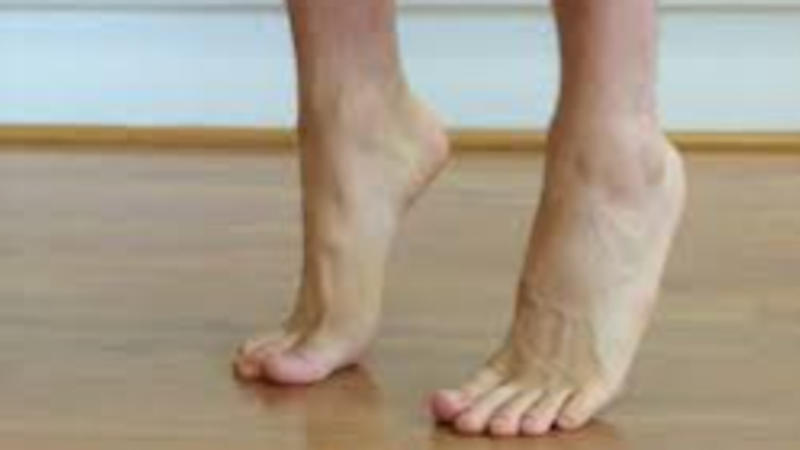Published 22:58 IST, May 20th 2024
Understanding Flat Feet: Symptoms, Diagnosis, Exercises, and Treatment Options
Flat feet is a condition where the arches of the feet are low or nonexistent, affect a significant portion of the population.

Flat feet | Image:
Unsplash
- Listen to this article
- 2 min read
Advertisement
22:58 IST, May 20th 2024



